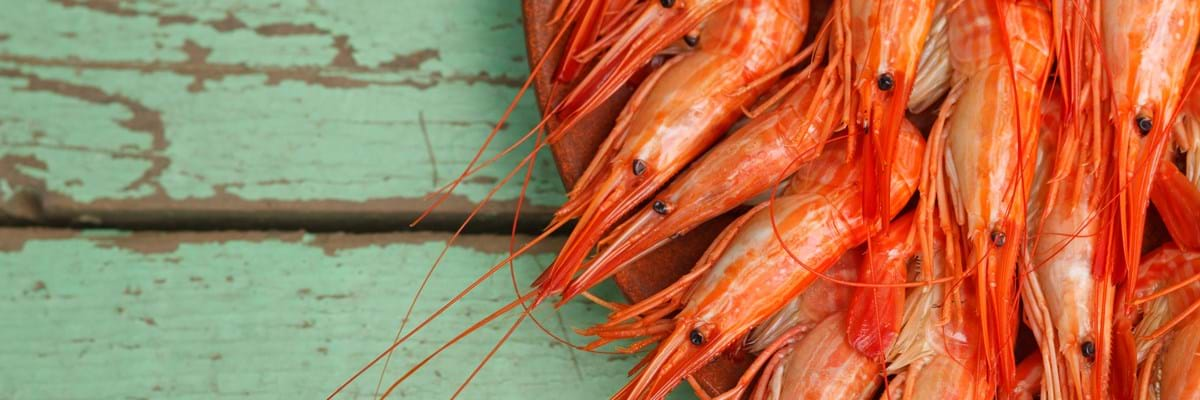Food and wine tell us so much about an island’s culture and in Lanzarote there is much to explore on the food map. Influenced by its Guanche legacy, as well as Spanish and South American cuisine, Lanzarote offers enticing dining delights, fresh wines and new craft beers.
From the Sea
Fish and seafood remain a major part of the island’s diet so tuck into hake, swordfish, tuna, sea bass, lobster, prawns, mussels and crab. It’s always good to watch the fishermen bring in their haul as the locals and restaurant chefs wait on the harbourside to buy the catch of the day. There are many excellent fish restaurants across the island so be sure to take the opportunity to try new dishes during your holiday.

Canary Island cuisine stands out for its simplicity and on Lanzarote menus are all about fresh ingredients. Expect to see fish soup (caldo de pescado), which often features grouper, and sancocho stew which usually features salted seabream. If sancocho canario is on the menu you’ll be served a pot of boiled fish – halibut or sea bass with potatoes, sweet potatoes and mojo sauce.

Mojo sauces contain olive oil, garlic, vinegar, salt, cumin, paprika or coriander and spices – the green mojo tends to be milder while red picón mojo is spicier and served with meat.
Comfort Cuisine
Islanders are big on wholesome stews and soups. Meats include pork, chicken (pollo), rabbit (conejo) and goat (cabrito). Conejo en salmorejo is a traditional rabbit stew marinated in coriander sauce. Traditional Canary Island meals usually start with soup and puchero canariois meat-rich with chicken, beef and pork cooked with chickpeas, chorizo sausage, sweetcorn, sweet potatoes, potatoes, carrots and cabbage. Gofio was a staple part of the Guanches diet. It’s a type of flour made with toasted maize, wheat and barley or roasted sweetcorn which is now added to soups and sauces, bread, milk and ice cream. Recipes have been passed down the generations and gofio remains a big part of the Lanzarote diet.

The best way to sample new tastes is by ordering tapas, or snacks known as enyesques – small dishes of meat, cheese or vegetables. Pimientos de padrón, small green peppers cooked in sea salt and olive oil, meatballs in tomato sauce and tortilla, a Spanish omelette, are all popular dishes. Goat’s cheese is also served on many menus, fried or served with olives or honey sauce.

The Taste of Lanzarote
Lanzarote’s sunshine means an abundance of fruit and vegetables so if you are self-catering, there are markets across the island where you can buy excellent produce. Be sure to pick up the small, sweet Canarian bananas or try fried bananas (platano frito) topped with sugar, brandy and lemon juice. Potatoes are also plentiful and wrinkly potatoes (papas arrugadas) are a specialty, cooked in salt with skins on and served with mojo picón.
If you have a sweet tooth, desserts will be a real treat. Expect to see simple ingredients – honey, cane sugar and almonds. Bienmesabe, which translates to 'tastes good to me' is an almond, honey and sugar paste served with ice cream and cat’s tongue cookies. Peanut buns (panes de mani) and roscos de alma, a kind of doughnut, should not be missed. At the end of a meal, you’ll often be served honey rum. Known as Ron Miel, it is the taste of Lanzarote.

Bottoms Up!
The island also has quite a reputation for wine. The dry subtropical climate requires a unique cultivation of vines which are individually grown in a crater or volcanic semi-circle of stones known as zocos. Each vine is planted about one metre deep for protection from the wind.
Hand-digging, and hand-picking at harvest time, makes Lanzarote’s viticulture labour intensive and wine production employs around 1,500 people who produce an average of two million litres of wine a year across 5,000 acres (mainly white wine). Harvests are early, the first in Europe, due to average year-round temperatures of 18C - 23C. Most wines, about 75%, contain the Malvasia grape while further grape varieties are Diego, Muscatel and Pedro Ximenez.

To learn about the challenges of wine-growing on the volcanic slopes – and taste the produce – book a bodega (wine cellar) visit. Many bodegas are on the La Geria road, on the LZ-30 so you can enjoy a wine trail to see the zocos and sample wine. Bodega La Geria is a popular stop and the owner has combined modern technology with traditional Lanzarote wine-making. Opposite is Bodega Rubicon, a farm that dates to the 16th century. Perhaps stop at the restaurant for a traditional stew and enjoy the views while drinking a nice glass of wine!

Founded in 1775, Bodegas El Grifo (The Tap) is the oldest winery in the Canary Islands and home to the island’s Wine Museum. At the north end of the LZ-30, take a self-guided walk among the zocos, visit the museum and pick up more wine! Bodega Vulcano, in Tias, on the LZ-2, is a relatively new boutique winery founded in 2009 with cool, modern premises. Enjoy quality wines and check out the eye-catching bottles.
As well as producing exciting wines, small breweries are popping up across Lanzarote. Craft beers, produced by independent brewers, all have their own personality of body, flavour and aroma. El Camarote de Nao, in Arrecife, is a brewery housed in a 19th century former fishing net workshop. Here visitors can watch how the beer is made because the tap room and the factory are separated by glass for easy viewing. Taste the Nao beers and tapas during a factory tour.

Let lip-smacking Lanzarote inspire you to embark on a wonderful island getaway with Olympic Holidays…




